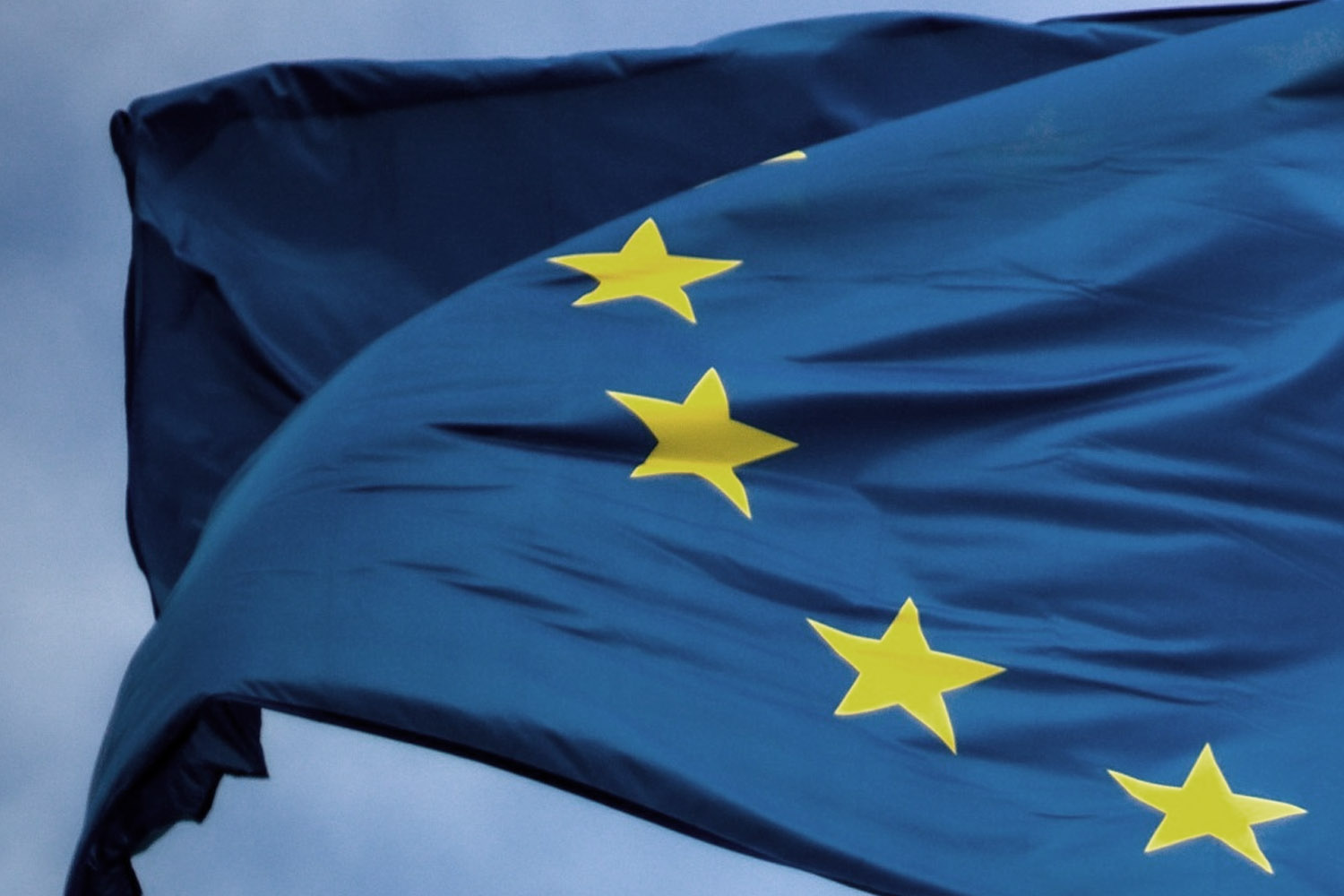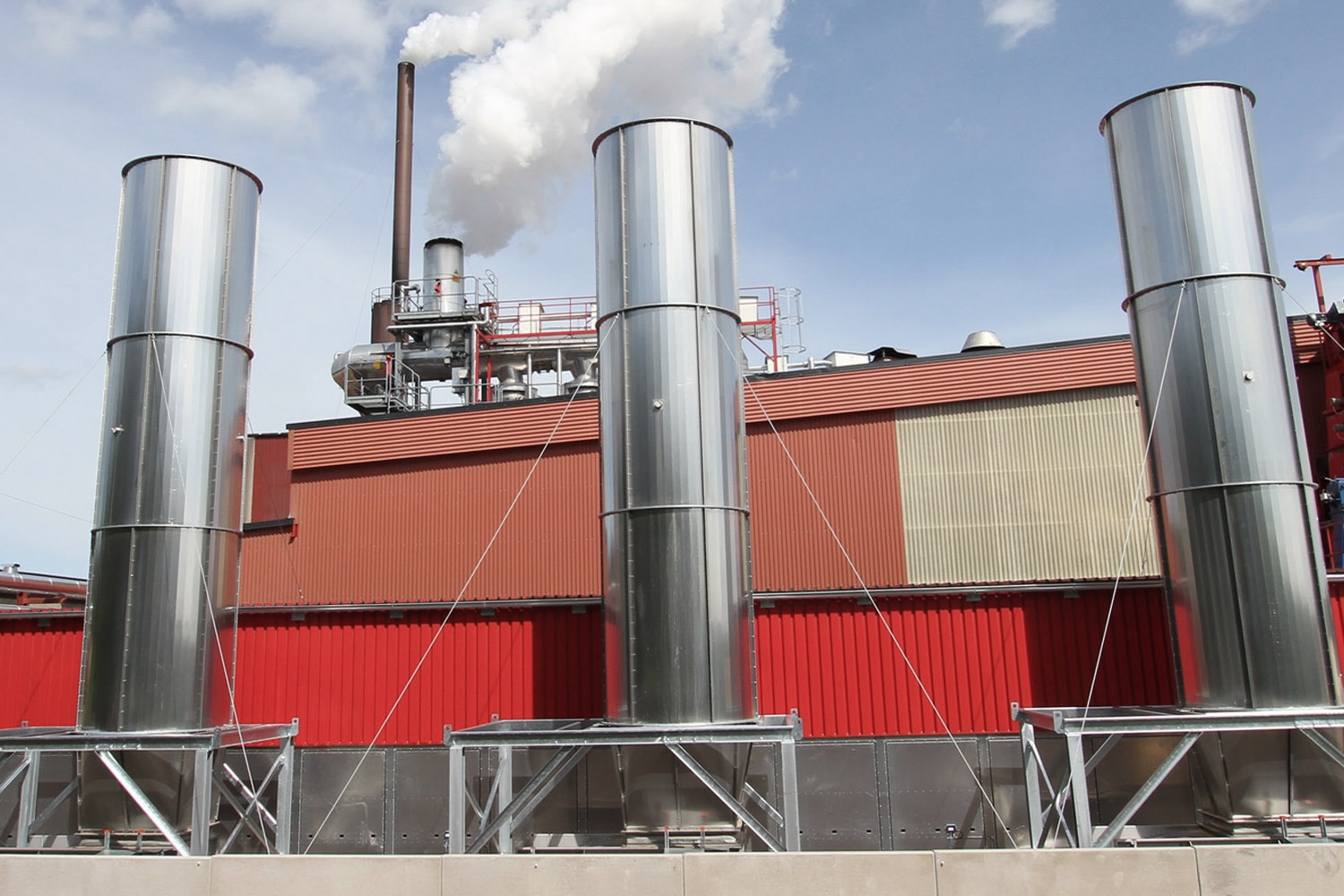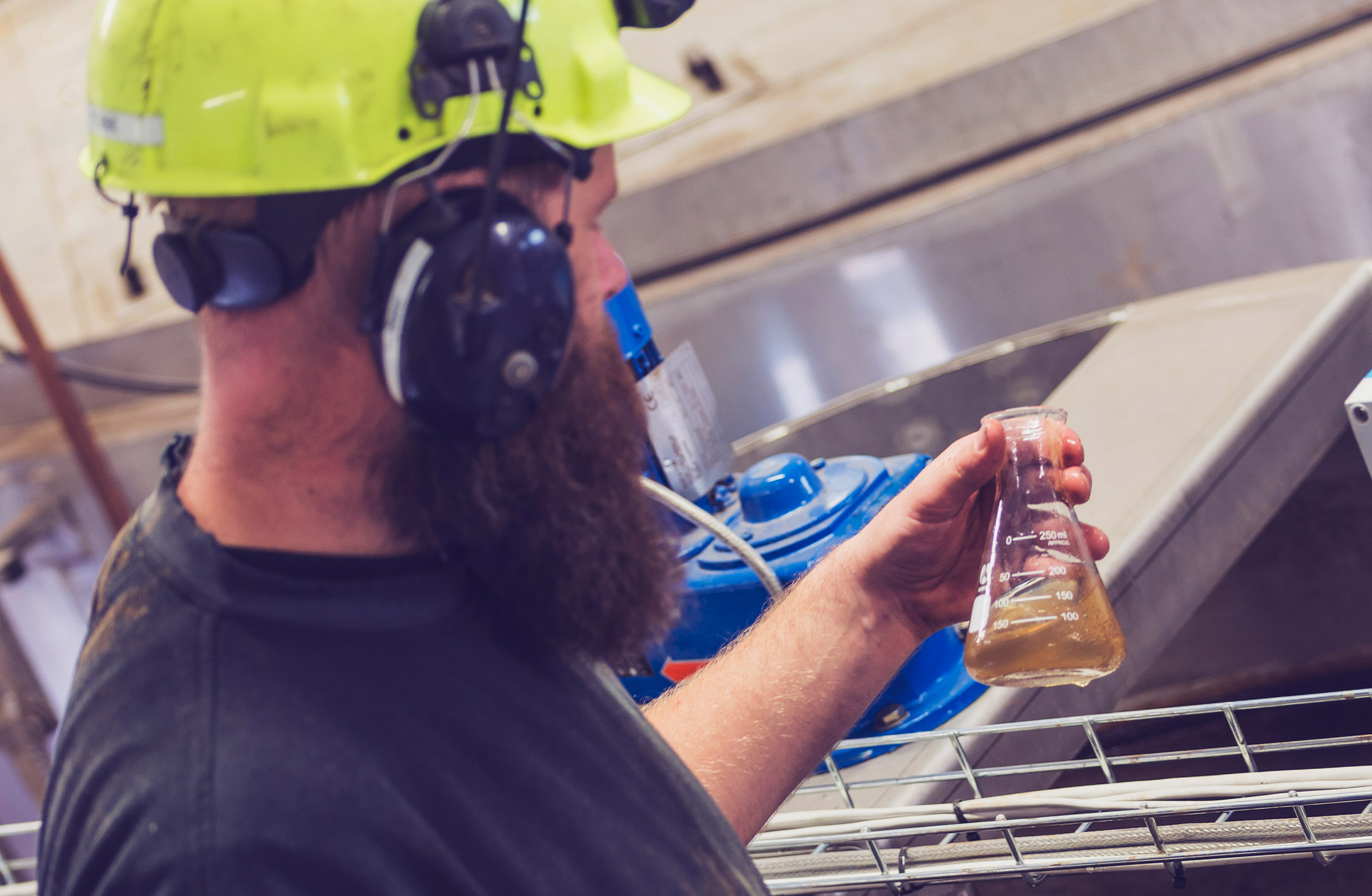Changes to emission rights
The EU Member States and the European Parliament have agreed on changes to the EU ETS, the Union's emissions trading system. How will the changes affect the industry?

Process heating EU
How the industry is affected by the changes in EU emissions trading
EU countries and the European Parliament have agreed on changes to the union’s Emissions Trading System (ETS). At the same time, the much talked-about Carbon Border Adjustment Mechanism (CBAM), is to be phased in. The changes are not only ambitious and far-reaching – they are necessary.
How will the changes affect our reality – and the industry? What role will pellets play in the transition? At Scandbio, we follow the development and the debate closely. Below you can read more about what we have learned so far.
What has prompted the changes?
EU ETS, the European Union Emissions Trading System, is, like the name suggests, a system for trading emissions rights within the EU. All emissions within the system are to be reduced sharply by 2030, more specifically by 62 % compared to 2005.
A few years ago, the EU adopted a climate law which stipulated that all member states must be climate neutral by 2050. The first major sub-goal is to reduce net emissions by 55 % by 2030 compared to the emission levels that prevailed in 1990. To succeed, a series of changes collectively known as “Fit for 55” were proposed.
Reduced issuance of emission rights
The biggest and most striking change is that the emission ceiling is to be reduced by 62 % where the previous target was 43 %. The reduction will take place, among other things, through two large one-off reductions and a tightening of the so-called linear reduction factor. A factor that, simply explained, controls the annual reduction of the emission ceiling.
The changes to the EU ETS might seem difficult to understand, but they can be explained rather easily. The issuance of emission rights must be greatly reduced, which, in turn, will lead to a reduction of the total emission space and a severe limitation of the free allocation. In addition, emission rights will also be required for shipping – and a new, separate system for road traffic and heating will be created.

Take climate steps with the EU
How will the EU ETS changes affect industry? Simply explained, more companies will have to buy emission rights and switch to fossil-free. For industries that have already taken measures to reduce their emissions, there may be opportunities to gain some extra income in the short term as they can sell their surplus emission rights. At the same time, companies that have not converted will likely face higher expenses.
It’s important to keep in mind that the EU ETS should be seen as part of a larger strategy to reduce greenhouse gases. Industries should also benefit from available climate measures already supported by the EU, but the transition is also about investments in renewable energy.


Energy efficiency is the way forward
Unfortunately, around 80 % of the world’s energy use relies on fossil sources, making the transition extensive and complex. At Scandbio, we see a future where bioenergy such as pellets has a role to play, used where they do the most good, for example in process industries.
In other words, there is no single solution to the climate crisis. The reality is of course more complex than that – and, moreover, laws and systems will continue to change. What we can be absolutely sure of, though, is that fossil fuels are the culprit in the drama and they must be phased out, forcefully and purposefully. For companies wishing to follow the development, investing in energy efficiency is key. In addition to reduced emissions, such investments also reduce energy costs.
Pellets as an energy source in the transition
At Scandbio, we believe in finding a balance between different renewable energy sources. Neither individual countries nor the EU can afford to put all their eggs in one basket.
Sun, wind, water and biofuels all have important roles to play, now and in the future, as no single type of energy can replace society’s current usage of oil, coal and gas. Energy sources can also be matched to the specific needs of different industries; biofuel such as pellets works particularly well for process industries that require high temperatures and output. In addition, it enables a high level of automation compared to other solid biofuels.
Scandbio pellets are made from 100 % renewable material – sawdust from the local wood industry. Putting residual products to use is therefore both energy efficient and necessary for the conversion to happen.
This is CBAM – the EU carbon tariff
CBAM, short for Carbon Border Adjustment Mechanism, is, unlike the EU ETS, a completely new set of regulations. The border adjustment mechanism for carbon dioxide is, in short, to introduce a carbon dioxide duty on imported goods from countries outside the EU.
The purpose is to reduce the risk of so-called carbon leakage – a debated trick to move production to countries with less strict climate rules to avoid paying for their emissions. CBAM thus functions as a carbon tax on imported goods from countries outside the EU, based on the amount of emissions from manufacturing.
In this way, companies exporting to the EU can be forced to pay for their emissions on the same terms as companies within the Union already do through the EU ETS. CBAM is expected to be an important part of the climate action to reach the goals – and a tool for political pressure.
How do the changes affect you?
The industry is facing not only great challenges, but open questions as well. How will we be able to change when the electricity grid is not expanded? What will happen to industries that were not previously subject to EU regulations? How will pricing be affected? Which biofuel should you use for the greatest financial and environmental benefit? These are all questions that are impossible to answer without a larger context, as they are closely connected to what’s happening within the EU and in other parts of the world.
What we can state with certainty, however, is that pellets are a climate-neutral energy source that does not generate more carbon dioxide than the tree takes up during its lifetime. It’s a natural raw material, but also a circular and sustainable solution for many industries.

Do you want to learn more about pellets?
Please contact us!
